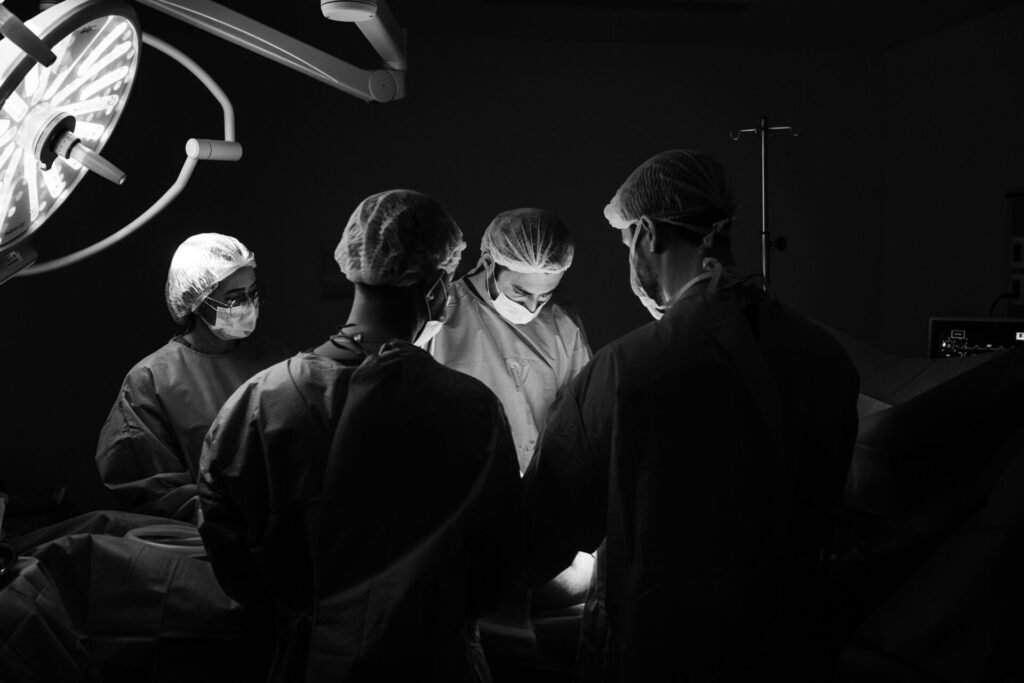How Physical Therapy Helps After Intra-articular Injections
Intra-articular injections are becoming increasingly popular in modern medicine but, while effective in treating certain types of injuries and conditions, they don’t heal or fix the underlying cause. That’s where physical therapy comes into play. Physical therapy can be a powerful tool for post-injection recovery by helping to reduce pain, improve mobility, and restore function so that you can get back to your everyday activities. Read this article to learn more about how physical therapy helps after intra-articular injections and why it’s important to combine them for the best outcomes.
Overview of Intra-articular Injections and Their Benefits
Intra-articular injections are a medical treatment used to deliver medication directly into a joint. This method is commonly used to treat conditions such as osteoarthritis, rheumatoid arthritis, and other inflammatory joint diseases. Unlike oral medication, intra-articular injections provide targeted relief to the affected joint, which can result in faster pain relief and improved mobility. Additionally, since the medication is delivered directly to the joint, it may require a lower dose than oral medication, reducing the risk of side effects. Intra-articular injections have become increasingly popular in recent years, and many patients have reported significant benefits from this treatment method. If you suffer from joint pain or inflammation, speak to your doctor to see if an intra-articular injection may be a viable treatment option for you.
The Role Physical Therapy Plays in Post-Injection Recovery
When it comes to recovering from an injection, physical therapy can be an incredibly valuable tool. Whether the injection was for pain management or medical treatment, it’s common to experience some soreness or discomfort afterward. That’s where physical therapy comes in. By working with a trained therapist, patients can receive targeted exercises and stretches to help reduce swelling and pain while improving their range of motion and strength. Additionally, physical therapy can help prevent future injuries or complications by identifying any underlying issues and addressing them through targeted exercises and preventative measures. With the help of physical therapy, patients can bounce back from their injection and feel their best in no time.
Common Types of Physical Therapy Exercises After an Injection
Physical therapy exercises after injection are essential to ensure a speedy and effective recovery. Common types of exercises may include stretches, strengthening exercises, and mobility exercises. Stretching exercises will help to improve flexibility, which is crucial for reducing muscle tightness and improving range of motion. Strengthening exercises focus on rebuilding muscle strength, which may have been lost due to injury or inactivity. These exercises can target specific areas that may be weaker, such as the glutes or quadriceps. Mobility exercises, like walking or light cardio, can help to improve circulation and reduce inflammation. These exercises, when done consistently and under the guidance of a physical therapist, can help to alleviate pain and restore function.
Tips for Home Care to Further Speed Recovery Time
For those recovering at home, taking care of oneself is crucial in furthering a speedy recovery time. Luckily, there are a variety of tips and strategies that can be implemented to aid in the process. First and foremost, plenty of rest and hydration is essential. Ensuring one’s body is receiving enough fluids and sleep will help promote healing and reduce inflammation. Additionally, incorporating gentle exercise and movement into one’s routine can help speed up recovery time and improve strength. Nourishing one’s body with nutrient-rich foods is another key component in the healing process. By implementing these simple tips, those recovering at home can optimize their recovery time and get back to feeling their best.
Questions to Ask Your Physician Before and After an Injection
Injections can be an effective way to treat a variety of medical conditions and symptoms. However, it’s important to talk to your physician both before and after receiving an injection to ensure you understand the benefits, risks, and expectations. Some questions you may want to ask your physician before receiving an injection include what type of injection will be used, what potential side effects to expect, and how long it might take to feel the effects of the injection. After receiving the injection, you may want to ask about any precautions to take, how long the effects may last, and any symptoms that would indicate a need for medical attention. By having an open conversation with your physician, you can feel more confident in your treatment plan and hopefully achieve the best possible outcome.
Conclusion
Intra-articular injections provide many people with pain relief and improved mobility. With the help of physical therapy, you can maximize the benefits of an injection. Many simple exercises have been shown to aid in lessening stiffness and soreness post-injection while caring for yourself at home is just as important. Asking your physician questions helps to ensure safe, effective treatment. Finally, following the treatments prescribed by your therapist is key to regain full recovery from an intra-articular injection. Therefore, it is essential to always follow recommendations from your healthcare professionals to benefit from intra-articular injections as much as possible.

